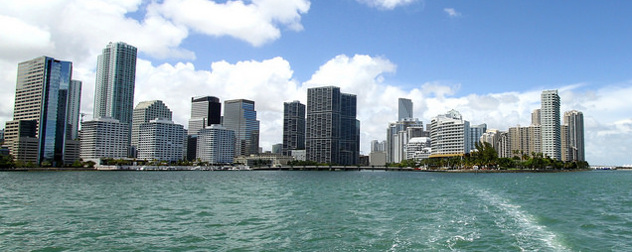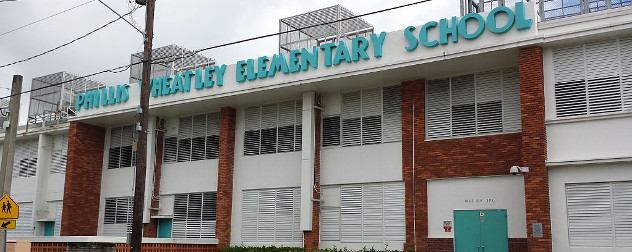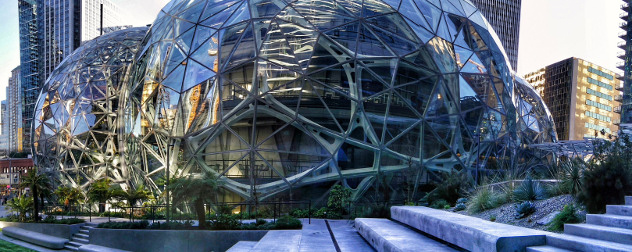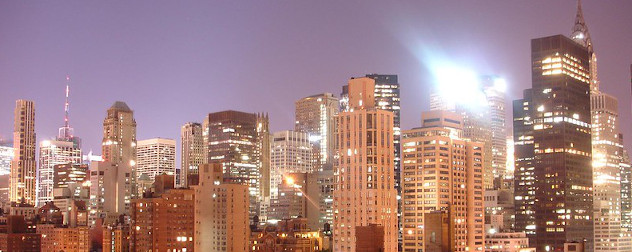Almost exactly two years ago, Federal Reserve Chairman Ben Bernanke told “60 Minutes” that he was beginning to see “green shoots” in the economy. Like the first buds after winter, he said, these events and statistics were signs that the economy would soon grow again.
Now I find myself spying hints of green in the housing market, the first part of the economy to enter the recession’s deep freeze.
The official reports on housing are still dispiriting. The S&P/Case-Shiller index, which tracks home prices in 20 U.S. cities, fell 2.4 percent over the past year. The index also dropped on a quarter-to-quarter basis from the third quarter of 2010 to the fourth quarter and on a month-to-month basis from November to December. The trend is likely to continue, according to economists surveyed by Bloomberg. On average, they predicted prices will drop almost as much this year as they did last year.
Foreclosures, too, are expected to continue. In 2010, there were around 1.2 million bank repossessions, up from 900,000 in 2009, according to Rick Sharga, a senior vice president at RealtyTrac, an online marketplace for foreclosure properties. “We expect we will top both of those numbers in 2011,” he told The Wall Street Journal.
But when I drove into Miami over President’s Day weekend, I saw encouraging signs. The downtown area, which was crushed by the housing crisis, appeared to be flourishing once again. Stores were doing business and there were people on the streets.
Miami was one of the epicenters of the condo boom. Over 20,000 condos were built in the downtown area alone in the past decade, the Miami Herald reported. I remember driving through the area five years ago and thinking that, with so many construction cranes, it looked like a photo of a Persian Gulf emirate.
The new construction promised to transform a once blighted neighborhood into a vibrant urban hub. There was already a new sports center, the American Airlines Arena, built in 1998. In 2006, Miami became home to the country’s second-largest performing arts complex, the Adrienne Arsht Center for the Performing Arts. Only New York’s Lincoln Center is larger.
But just as many of the gleaming new high-rises surrounding those facilities were completed, the economy tanked, and no one moved in. In May 2009, developers had sold only 62 percent of those new condos. However, a new study found that 78 percent of those condos sold by the end of 2010. Even better for the neighborhood, an influx of renters has driven the overall occupancy rate up to a nearly-respectable 85 percent. Downtown is no longer a ghost town.
Many of those buying Miami condos right now are foreign investors, who are probably encouraged by the area’s newfound liveliness. The new occupants, owners and renters alike, create business for local stores and restaurants and make the area more attractive to additional residents who may soon follow.
There are promising signs on the other coast as well. Emile Haddad, a former Lennar Corp. executive who is now chief executive of FivePoint Communities Inc., is staking his money on recovery in San Francisco and Los Angeles, aiming to build two large planned communities in each city. While Haddad recognizes that the demand is not yet in place, he said, “I don’t want the party to show up and I’m not dressed. When the market says ‘I’m here,’ we’ll be one of the few that can deliver inventory.”
Haddad’s developments will be close to the cities, while the worst-hit areas are farther inland, in Riverside and San Bernardino counties, east of Los Angeles, and in the San Joaquin and Sacramento valleys, east of San Francisco. But as is often the case, the economic core has to recover for the fringe areas to have a chance, and that process is now beginning. Once prices return to their old heights in urban centers, people looking for deals will once again begin migrating to the outer areas.
A similar process is starting to play out in New York City. Prices in Manhattan began to rise last summer, after a sustained slump. The median price of a co-op or condo in Manhattan is now $880,000, 3.5 percent more than in 2009, according to the realty firm Prudential Douglas Elliman. The average time apartments spend on the market has dropped. As in San Francisco and Los Angeles, this rebound in Manhattan will likely drive sales increases in the outer boroughs and suburbs.
Places like Seattle and Chicago, which saw the housing market slide later, are finding themselves at the later end of the recovery as well. But even in Seattle, which had a dismal fourth quarter, anecdotal evidence of change has gathered since the start of this year.Granted, many real estate agents would see a buying opportunity even in the midst of a major earthquake, but vibrant regional hubs like Seattle and Chicago will, in fact, turn around sooner than less fortunate places like Cleveland.
I think the recovery we are starting to see is occurring more in spite of official policies to help housing than because of them. The first-time homebuyer's credit just shifted the timing of demand, rather than actually creating it. And the strategic adjustment of mortgage terms for those struggling with payments simply kept people in houses they couldn’t afford, preventing those properties from going to people who could afford them. The noise on Capitol Hill about paperwork flaws in foreclosure processes delayed things even further.
I said, in response to each of those government efforts, that the only way to truly move forward would be to allow the wave of foreclosures to run its course. Now, that is actually happening. In a year or two, the foreclosure rate will drop, and many of the homes now being foreclosed will be in the hands of new owners.
Healthy housing markets need a strong national economy as their foundation, solid local and regional economies for superstructure, and a desirable local atmosphere for the rest. Not every place that suffered in the housing drought will recover at the same rate, or even recover at all. But, given the proper encouragement, at least some of today’s green shoots will grow.














March 4, 2011 - 12:40 pm
I think it’ll be a year or two before we really see a sustained housing recovery. First, the glut of foreclosed homes have to clear the market. But mainly, there is a new set of loans set to default over the next couple of years. In 2006-2007, a large number of residential and commercial loans were pooled and sold on the open market. These CMBS loans have interests rates that will reset like the 04-05 CMBS loans already have, causing a new wave of trouble for homeowners. Unless, of course, something changes….